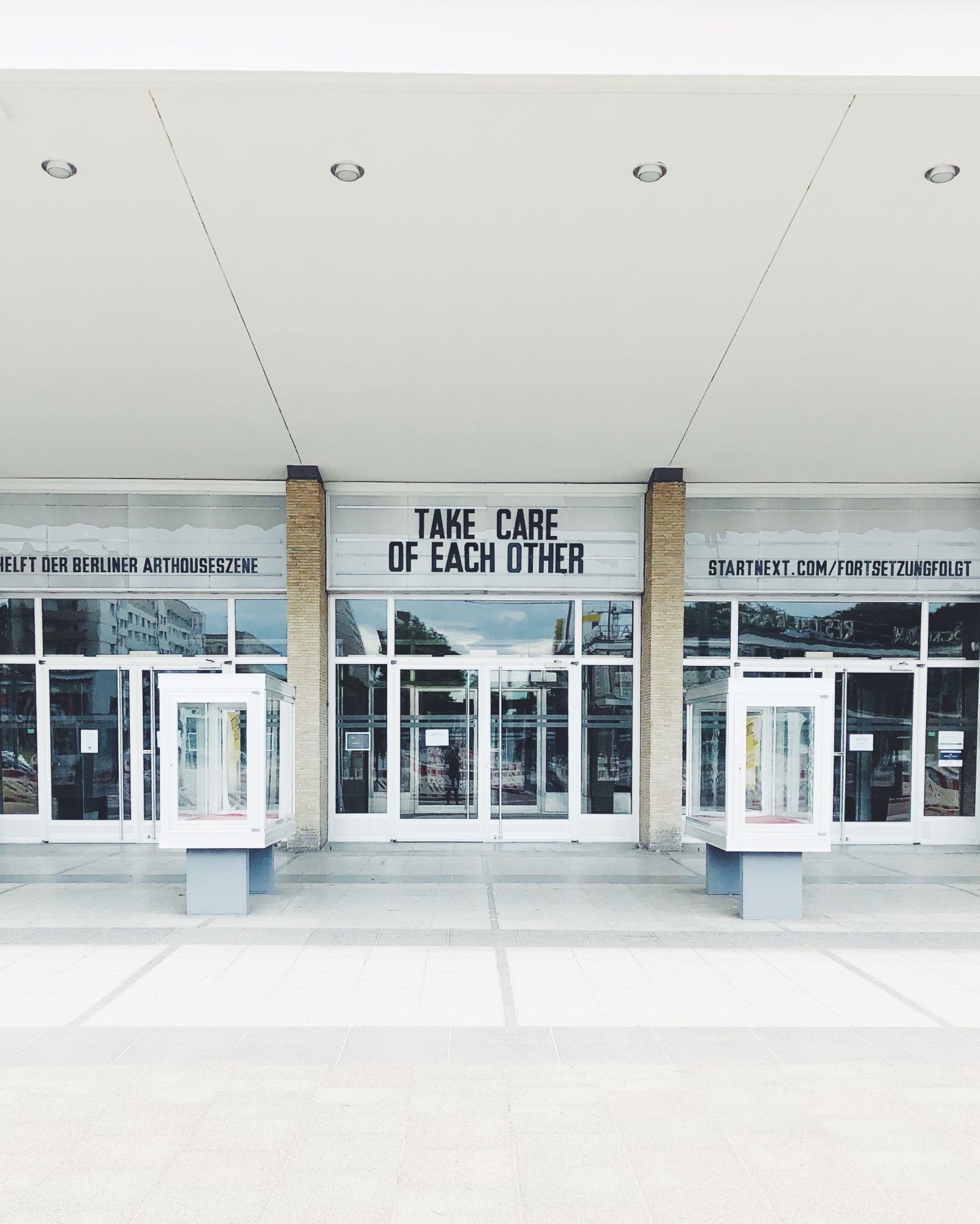MY WORK EXPERIENCE WITH CHRONIC PAIN PATIENTS
Testimony of two years of experience working with patients in the chronic pain department, at Immanuel Klinik Am See Hospital in Rudersdorf (Berlin Germany).
In 2016 I was invited to conduct Laughter Yoga sessions in a professional environment, in the chronic pain department at the Immanuel Klinik Am See Hospital nearby Berlin. The anesthesiologist of this hospital after having participated in some of my Hatha Yoga lessons, asked me to help his patients with Laughter Yoga, leaving me the freedom to experiment, observing and documenting the patients.
DOCUMENTATION OF THE WORK: (2016-2018)
Once a week I met a group of patients of about 10, every two weeks the group of patients changed.
During a Laughter Yoga session patients who suffer from chronic pain dedicate a time to listening to themselves and to the collective sharing of a practice. As in a ritual, the group becomes a tribe in which they can individually and collectively release their tensions, stress, and anxiety associated with the disease and release the negative thoughts and habits. At the beginning of the session I invited the patients to sit in a circle on the chairs, I conducted a phase of introductory meditation. During meditation I invited patients to slow down and go into deep relaxation, they experienced guided breathing through the nostrils; feeling comfortable and at ease in their bodies. They can focus on the present moment and adhere to listening to the breath, neutralizing the mind and becoming aware of the breath. The awakening and the perception of the body begins through touch, with simple self-massage. During the warm-up I invited the participants to leave the chairs if possible. Then activating and warming up the voice, with the sound emission of simple vowels to help improve breathing capacity involving the diaphragm and preparing for a smile.
Next, I entered the heart of Laughter Yoga gradually and after preparing patients to perceive the collective breath. I speak of the importance of being together, of mutual support also given by visual contact and group breathing. Laughing is a non-verbal language that unites. I introduce the first laughs as coordination exercises with movement and breath. The important thing is to always give an introduction of what we do, how and why. Patients have the maximum freedom to practice sitting if they cannot stand or rest. It is important to be simple and clear in the proposals. I also provided anatomical and physiological information on the functioning of the body as well as postural advice.
Every group I work with is different, sometimes the energy is high and the patients are motivated, receptive and proactive. Sometimes I find an attitude of closure to the practice, even a patient can drag the group to the loss of concentration and motivation.
To conclude the practice I conducted a meditation about the inner laughter and without effort, I call it “the laughter of the soul”, it’s about being in touch with the intimate dimension of laughter, pure laughter, like returning children.
CONCLUSIONS:
My experience with patients suffering from chronic pain is a continuous research and training of my qualities as a Laughter Yoga Leader. These two years of field work in the hospital have cultivated qualities such as being flexible and empathetic. Creativity and the ability to improvise are a great support for me. Bringing the practice of laughter to a hospital I think can benefit all patients and medical staff, but also the patients’ families when they meet them.
DIFFICULTIES:
Often during the two years of experience in the hospital, I met patients who were not very open and inclined to movement, to eye contact, to smile and laugh. Initially I found myself in difficulty confronting myself with an attitude of closure towards laughter and towards activities that involve socializing. It took me some time to understand how to approach patients and invite them to laugh in the hospital. I inquired about the history of some patients, I met elderly people in their 80s, who have lived many years with chronic pains due to post-traumatic stress disorders, also called war neurosis, other younger ones have suffered violence or various types of abuse. Together with the anesthesiologist I understood that what I proposed was not effective for everyone. It made some patients feel a sense of judgment in facing the difficulty of not being able to let go. After a few months of practice on my own, even trying to laugh when I felt pain and some frustration I finally understood how to conduct the sessions by changing my previous conduction and creating a new approach based on listening, welcoming, slowing and gradually integrating postural work and relaxation techniques. My profession as a dancer and teacher of Hatha Yoga at this time has been of great support for me. I had the chance to understand what were the essential points of practicing Laughter Yoga for those suffering from chronic pain.
Without having chronic pains, we all experience physical pain, how can laughter and joy or simply positive thinking be activated when we feel constrained by physical pain and how positive thoughts can help us relieve pain or move our mind?
Monica Gentile
